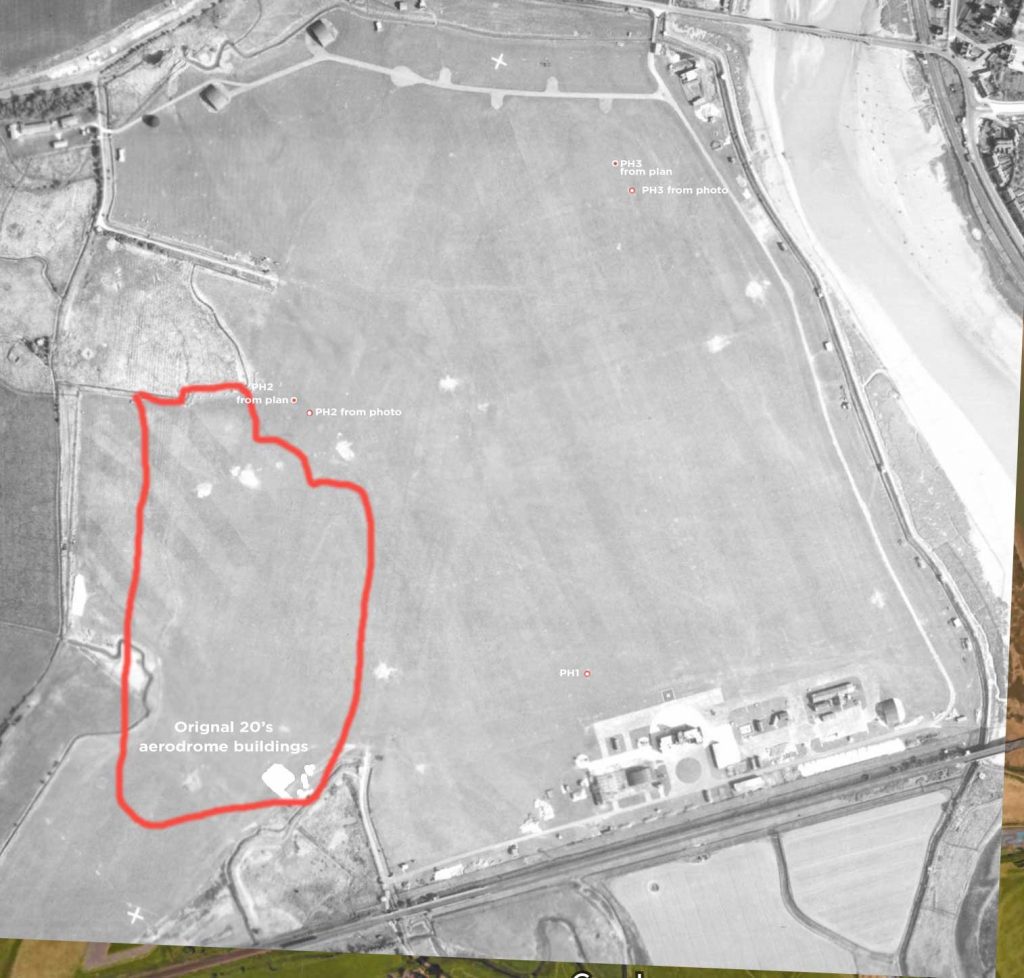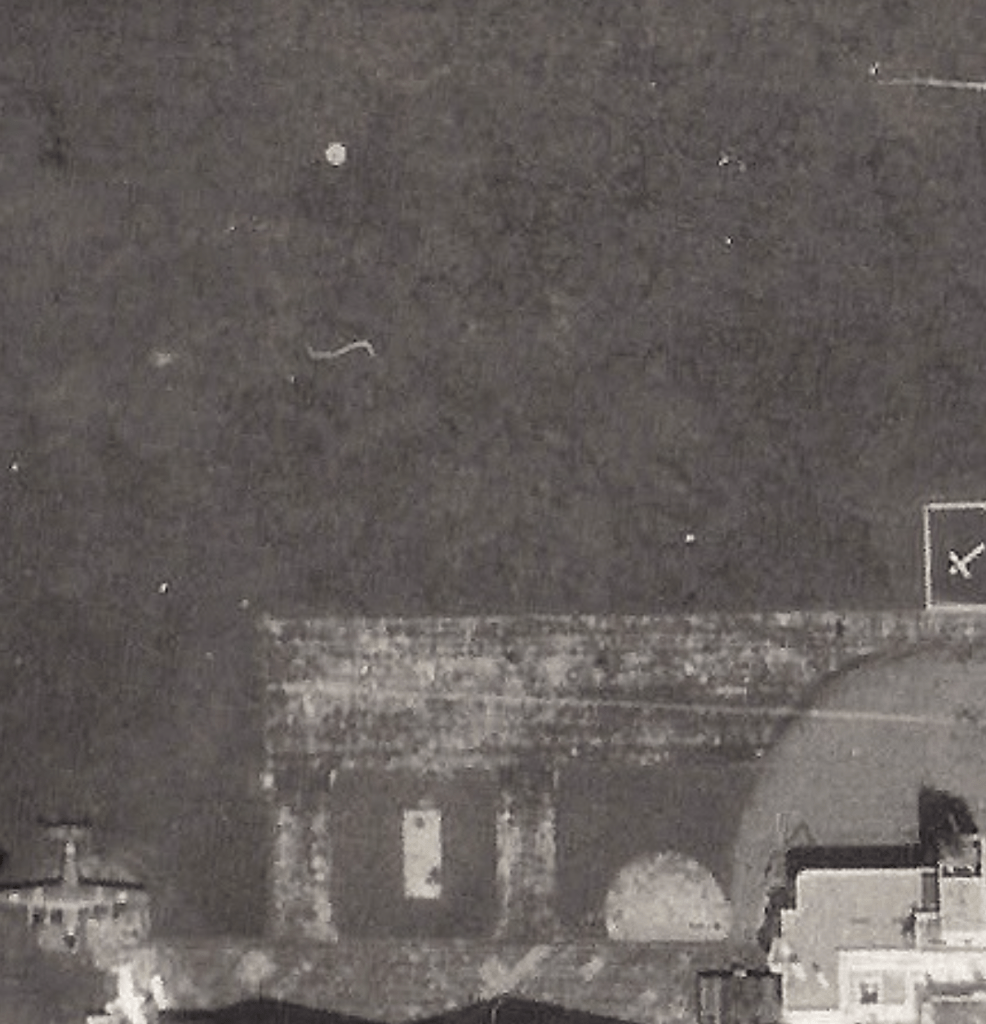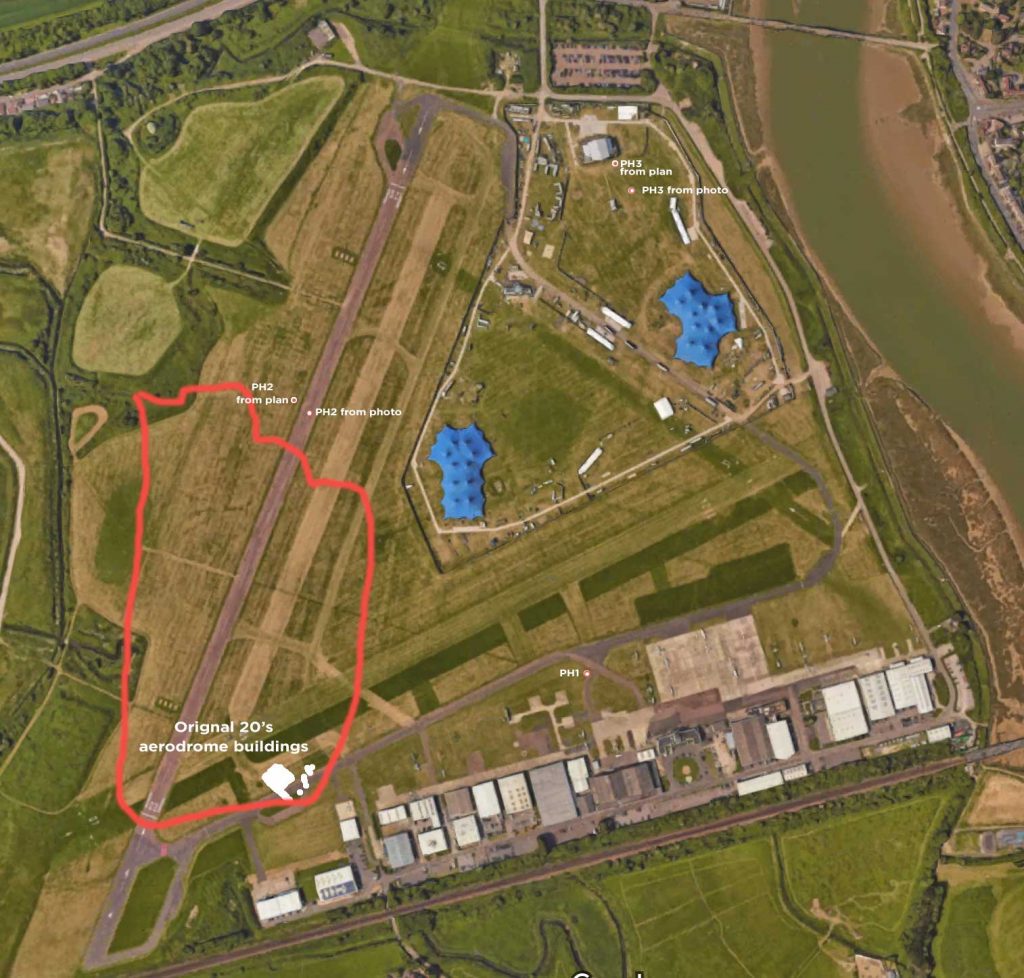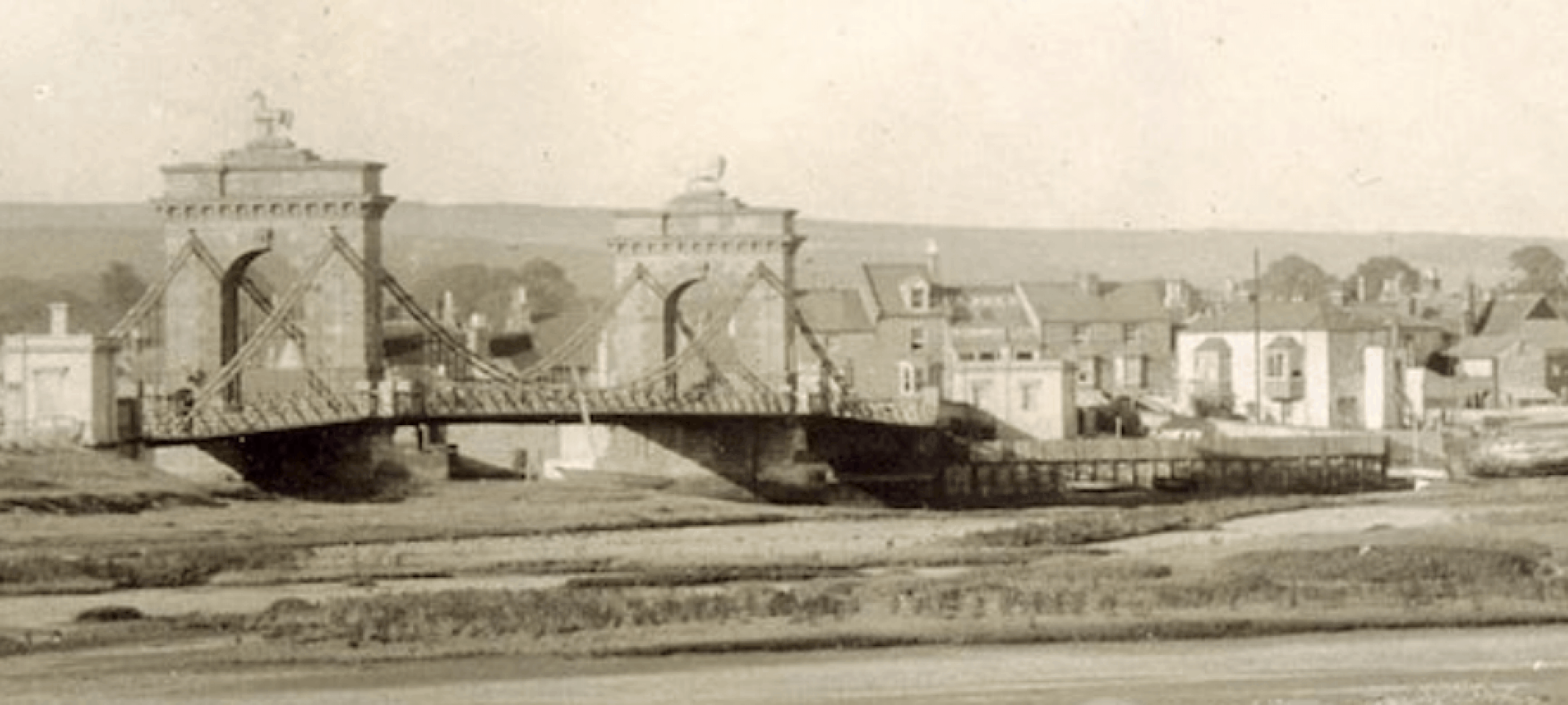There is a curiosity hidden deep in the plans and maps of Shoreham Airport… the previous existence of three WWII Pickett-Hamilton Defensive Forts. Are they still hidden under the grass and tarmac? Are they lost?
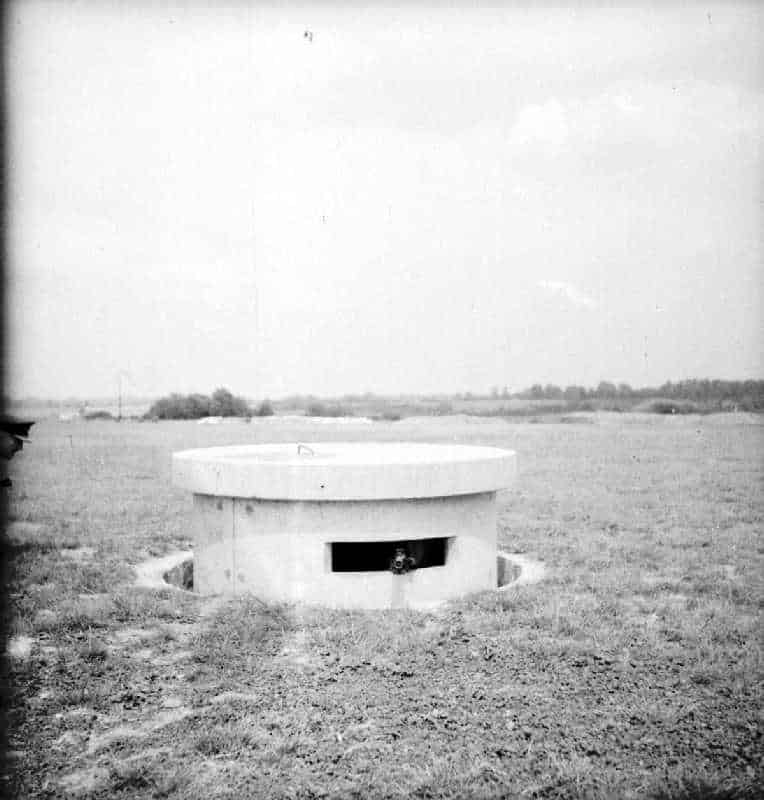
The Pickett-Hamilton fort was an airfield defence structure, designed in 1940 to be lowered into the ground while it was not in use, to become inconspicuous and not interfere with the passage of taxiing aircraft or other vehicles. The fort could be raised to about 2 feet 6 inches (0.76 m) above ground level where it would be a physical impediment to aircraft and vehicles and from where a small crew could fire with rifles or light machine guns. There are 40 or so surviving examples but most were prone to flooding.
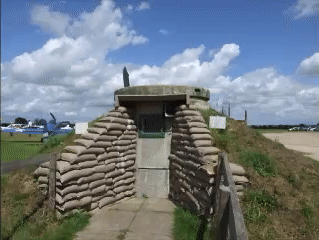
At Shoreham we know that many of the old WWII Pillboxes are still in existence in 2020 – despite some being buried in the recent river wall flood defence works. The WWII underground Battle HQ is certainly lost – demolished when the A27 was widened just to the South of the Sussex Pad. The Anti-Aircraft Training Dome is just about standing. But what about the three Pickett Hamilton Forts which will have been relatively safe when hidden from view for 80 years?
Shoreham Airport had a very comprehensive heritage assessment made in 2016. You can find the report here. In there there a few clues as to where the 1940 Forts were. The report suggests only the one fort survives.
By studying the aerial views and over-laying the tell-tale signs of where there are structures in the grass it is possible to see that there was a PH Fort (PH1) just to the North West of the terminal and a 2nd (PH2) some distance to the NW on the outer reaches of the airfield – before expansion. The third (PH3) was s towards the Guardhouse in the NE corner. The old plans have some scaling inaccuracies so there is a discrepancy between positions on plans and photographs to be able to determine the precise position of PH2 and PH3.
In 2025 the likely surviving 1st fort is 6 feet way from one of the taxiways and still evident in aerial photographs. The second fort appears to be under the tarmac of the runway, or just West of the tarmac – and presumed lost. The site of PH3 is now under the concrete of new warehousing.
